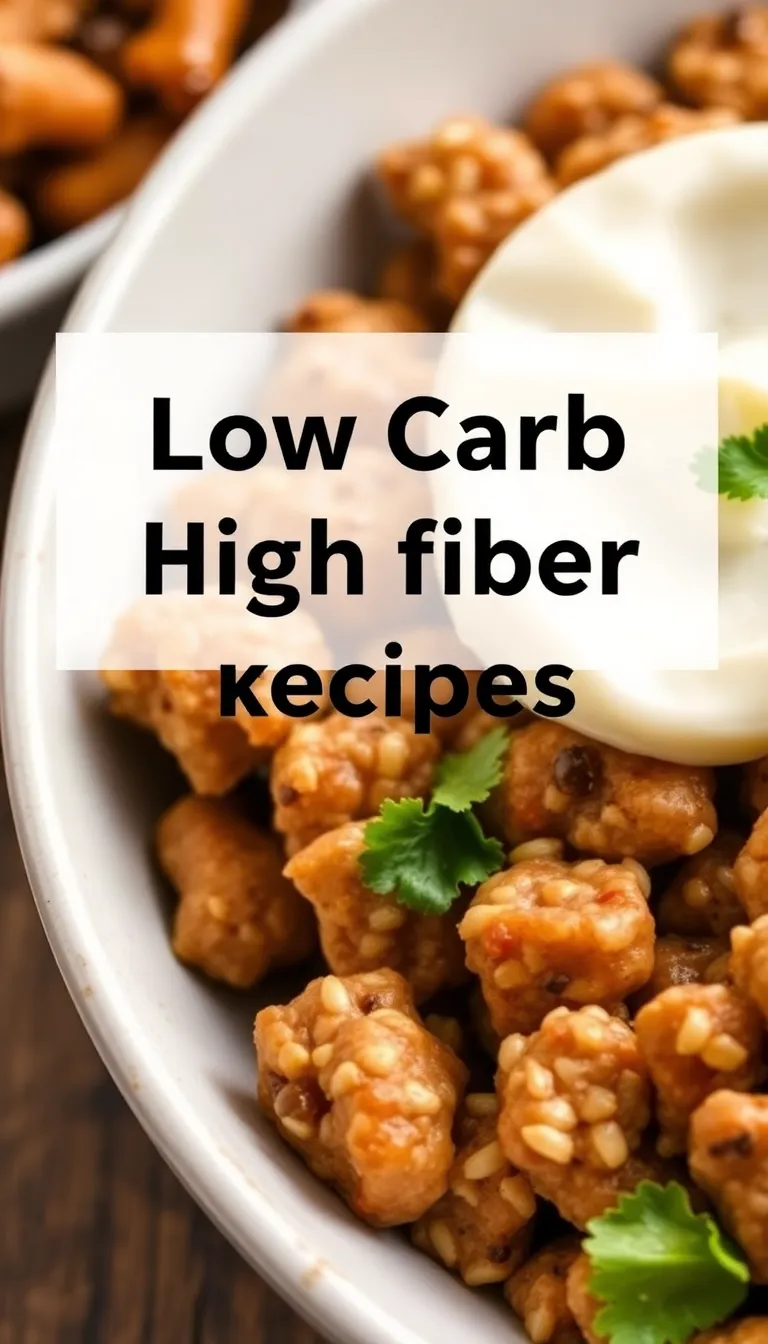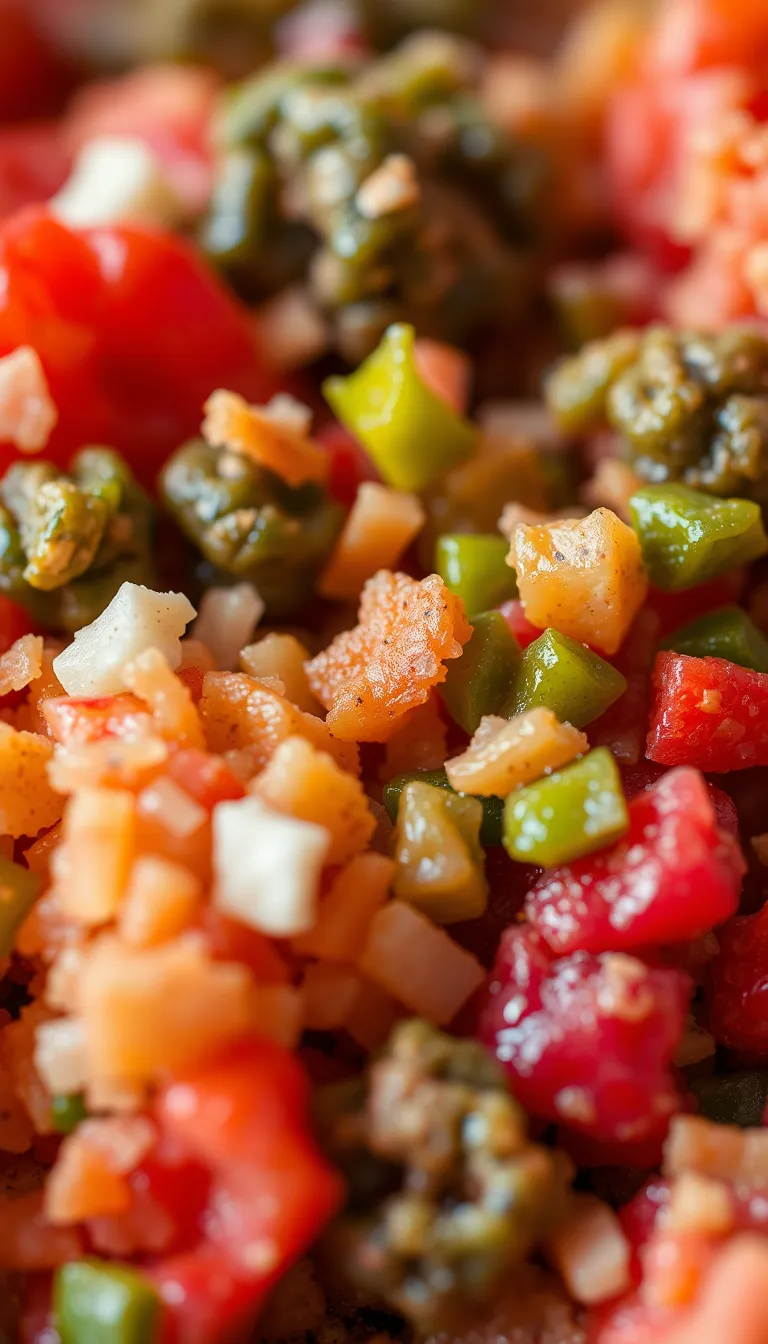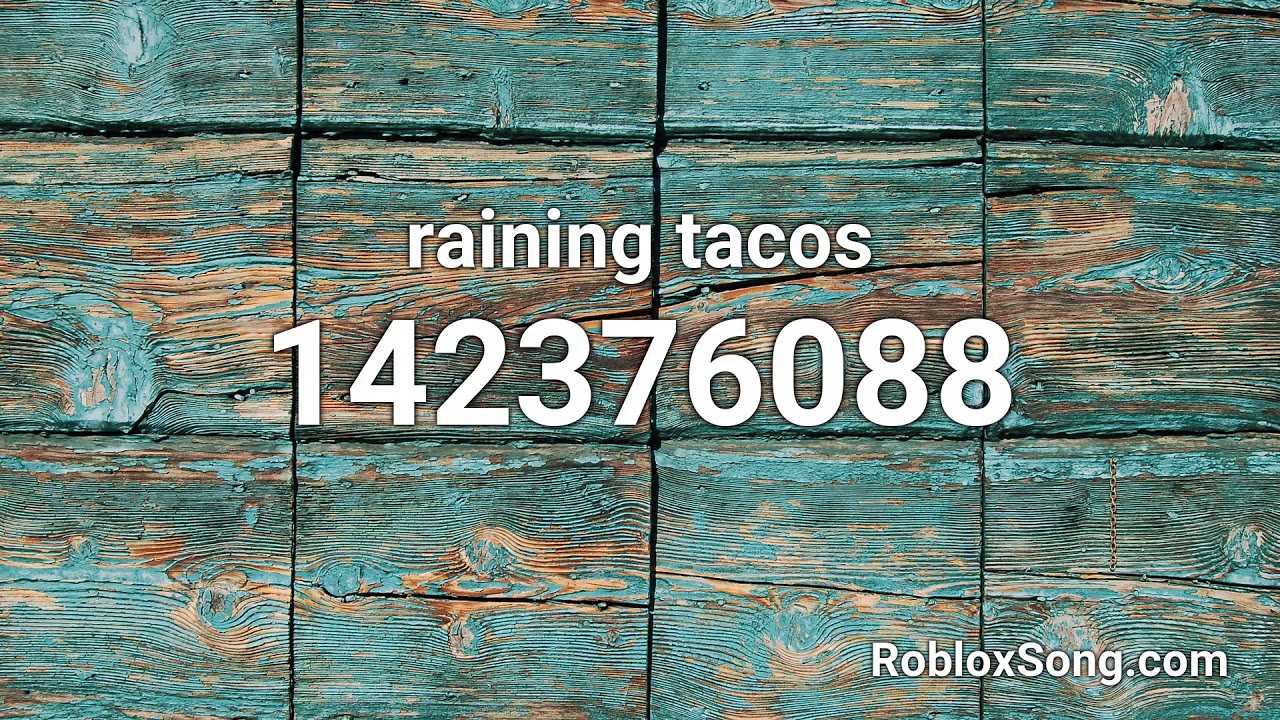Low-Carb High-Fiber Recipes: The Secret to Eating Well Without the Guilt
Want to eat delicious food without the carb coma or feeling like a bloated balloon? Low-carb high-fiber recipes are your new best friend. They keep you full, energized, and—shocker—actually taste good.
No more sad salads or flavorless “health” food. These meals pack a punch while keeping your blood sugar steady. Who said eating healthy had to be boring?
Let’s fix your diet without making you miserable.
What Makes This Recipe So Good
This isn’t just another bland “healthy” meal. Low-carb high-fiber recipes balance macronutrients so you stay satisfied without the sugar crashes. Fiber slows digestion, keeping hunger at bay, while the low-carb approach prevents energy spikes. Plus, these recipes actually use real ingredients—no mystery “protein powder” sludge.
They’re simple, flavorful, and won’t leave you Googling “why do I feel terrible after eating healthy?”
Ingredients
Here’s what you’ll need for a killer low-carb high-fiber cauliflower fried rice:
- 1 large head of cauliflower (riced)
- 2 tbsp avocado oil (or olive oil)
- 3 cloves garlic (minced)
- 1 cup chopped bell peppers
- 1 cup shredded carrots
- 2 eggs (beaten)
- 3 tbsp coconut aminos (or low-sodium soy sauce)
- 1 tsp ginger (grated)
- 1/2 cup chopped green onions
- Salt and pepper to taste
Step-by-Step Instructions
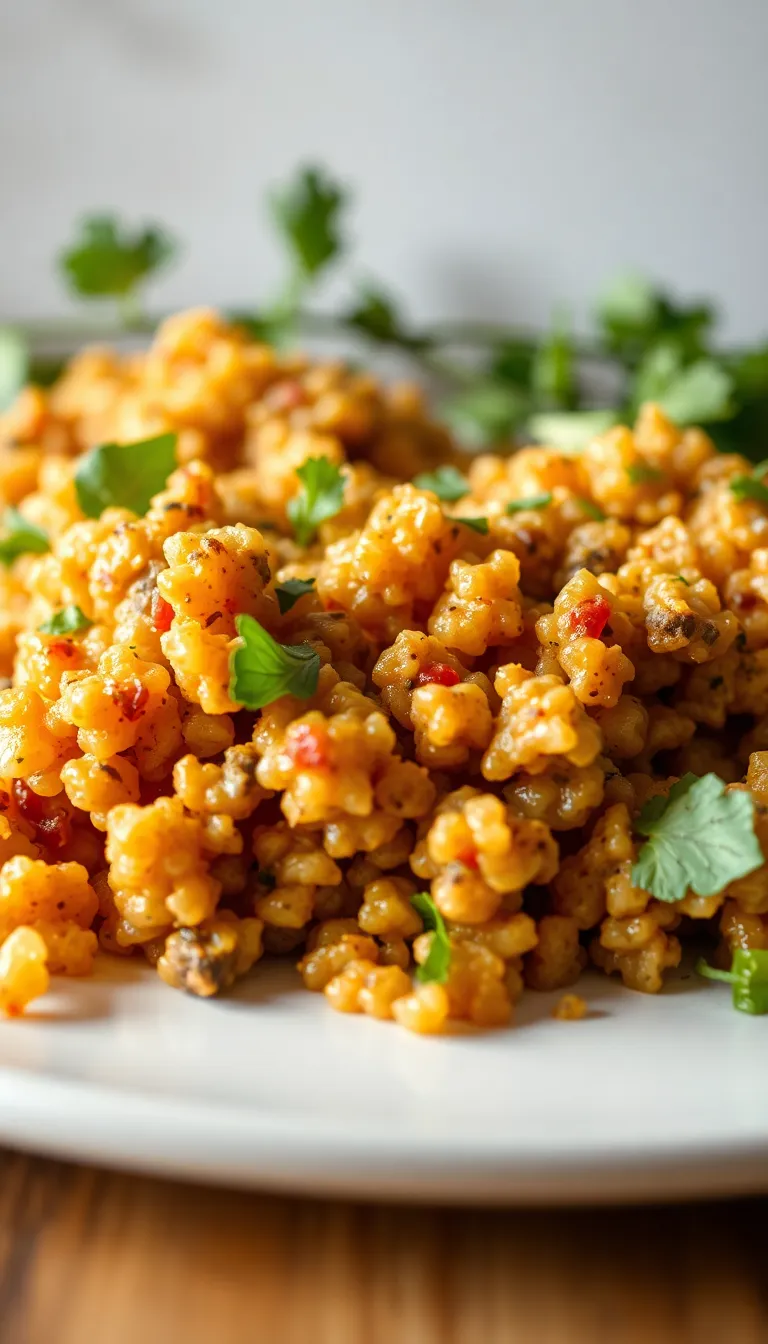
- Rice the cauliflower: Pulse cauliflower florets in a food processor until it resembles rice. Or, buy pre-riced cauliflower because adulthood is hard enough.
- Sauté the veggies: Heat oil in a large pan over medium heat. Add garlic, bell peppers, and carrots.
Cook until soft (about 5 minutes).
- Scramble the eggs: Push veggies to one side of the pan, pour in beaten eggs, and scramble until fully cooked.
- Add cauliflower rice: Toss in the riced cauliflower, coconut aminos, and ginger. Stir-fry for another 5–7 minutes.
- Season and garnish: Add salt, pepper, and green onions. Mix well and serve hot.
Storage Instructions
Store leftovers in an airtight container in the fridge for up to 3 days.
Reheat in a pan with a splash of oil to keep it from drying out. FYI, microwaving works too, but the texture won’t be as crispy. If you’re meal-prepping, keep the sauce separate until reheating to avoid sogginess.
Benefits of This Recipe
This dish isn’t just tasty—it’s a nutritional powerhouse.
Cauliflower provides fiber and vitamins without the carbs of regular rice. The veggies add antioxidants, while the eggs pack protein. Coconut aminos give flavor without the sugar overload of traditional sauces.
And let’s be real, it’s way better than choking down another “detox” smoothie.
Common Mistakes to Avoid
- Overcooking the cauliflower: Mushy “rice” is sad rice. Keep it slightly crisp.
- Skimping on oil: Healthy fats keep you full. Don’t turn this into a dry, flavorless mess.
- Using too much sauce: Coconut aminos are salty.
Taste before dumping the whole bottle in.
Alternatives
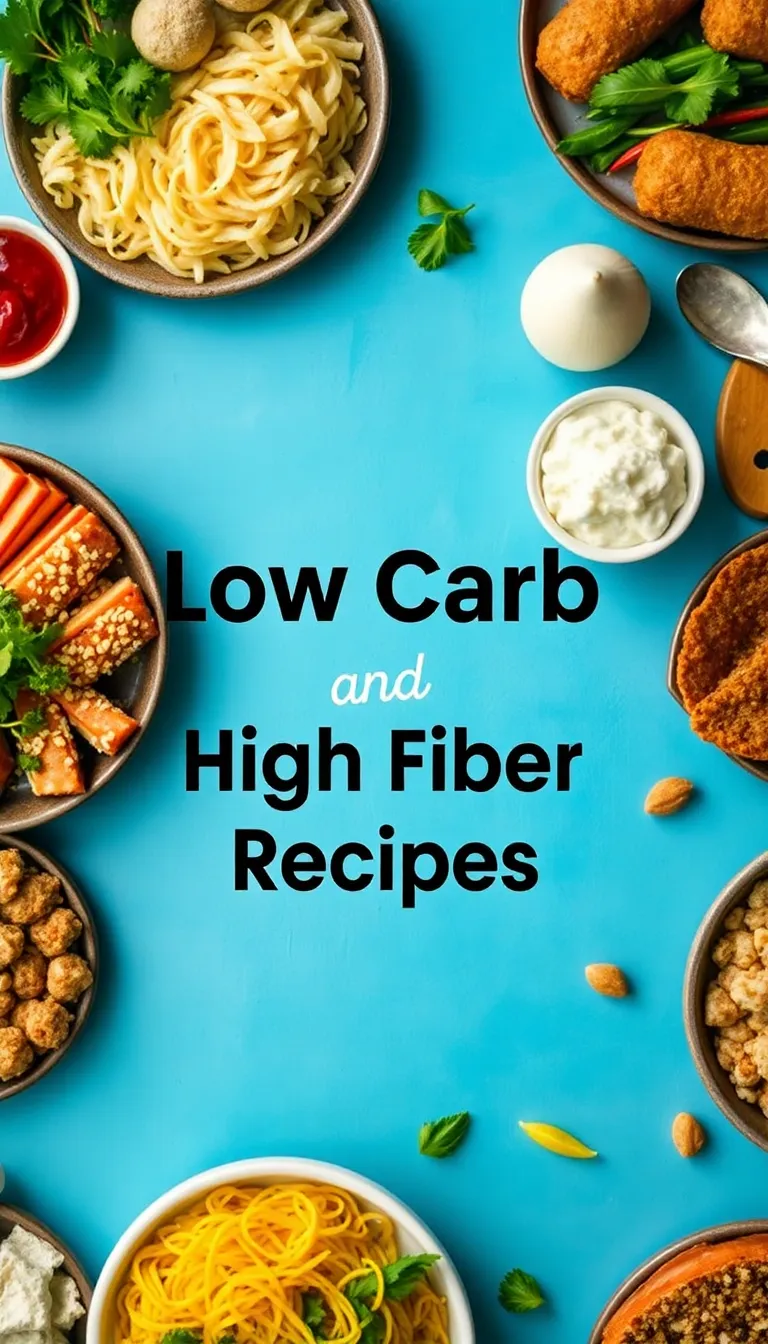
Not feeling cauliflower? Try these swaps:
- Broccoli rice: Same process, different veggie.
- Zucchini noodles: For a pasta-like twist.
- Shirataki rice: Zero-carb, but texture can be polarizing. Proceed with caution.
FAQ
Can I freeze this recipe?
Technically, yes.
But the cauliflower will get watery when thawed. IMO, it’s better fresh.
Is this keto-friendly?
Absolutely. Just double-check your sauce for hidden sugars.
Can I add meat?
Of course.
Chicken, shrimp, or tofu work great. Just cook it first and toss it in at the end.
Why coconut aminos instead of soy sauce?
Lower sodium and no gluten. But use what you have—this isn’t a cult.
Final Thoughts
Eating healthy doesn’t have to mean suffering through cardboard-flavored “health” food.
This low-carb high-fiber recipe proves you can have flavor, satisfaction, and nutrition in one pan. No weird ingredients, no complicated steps—just good food that works. Now go make it before you order takeout again.
- Low-Carb High-Fiber Recipes: The Secret to Eating Well Without the Guilt - July 18, 2025
- Mushroom and Spinach Soup: The Comfort Food Upgrade You Need - July 18, 2025
- How to Get Rosalina in Mario Kart Wii - July 18, 2025

